The music industry’s fascination with artificial intelligence took an unexpected turn this month as Sony quietly pulled the plug on its ambitious Flow Machines project. Once hailed as a groundbreaking tool for AI-assisted composition, the platform’s discontinuation marks a sobering moment for proponents of algorithmic creativity. Unlike the flashy demos of AI-generated pop tunes that once made headlines, Flow Machines’ shutdown occurred with little fanfare—a muted exit for a technology that promised to revolutionize how we make music.
Launched in 2016 after years of research at Sony’s Computer Science Laboratories, Flow Machines represented one of the first serious attempts to commercialize AI composition tools. Its flagship achievement was “Daddy’s Car,” a Beatles-esque track generated using machine learning trained on the band’s catalog, later arranged by human producer Benoît Carré. The song’s uncanny mimicry sparked equal parts excitement and unease, fueling debates about authorship and the future of human musicians. Yet beneath the hype, the platform struggled to find sustainable use cases beyond novelty experiments.
The challenges facing AI composition tools like Flow Machines reveal deeper tensions in the creative industries. While algorithms excel at pattern recognition—analyzing chord progressions, melodic contours, and rhythmic structures from existing songs—they falter when tasked with the ineffable spark of originality. Professional composers who tested the software reported that while it could generate pleasant harmonic frameworks, the results often felt derivative or emotionally flat. “It’s like having a collaborator who’s listened to every song ever made but has nothing to say,” remarked one film scorer who experimented with the platform anonymously.
Commercial viability proved another hurdle. Unlike AI tools for mastering (LANDR) or synthetic vocals (Vocaloid), which address specific technical needs, Flow Machines occupied an awkward middle ground. Amateur musicians found its output too generic to justify subscription costs, while professionals viewed it as more of a curiosity than a workflow staple. Sony’s attempt to pivot toward enterprise solutions—licensing the tech for jingle production and background music—failed to gain traction in markets already saturated with affordable royalty-free libraries.
Perhaps most telling is the muted response from the artistic community to Flow Machines’ demise. Where the shutdown of a beloved analog synth emulator might prompt outcry, this departure elicited shrugs. The silence speaks volumes about AI’s current role in music: a fascinating auxiliary tool rather than an indispensable creative partner. This stands in stark contrast to visual arts, where tools like DALL-E and MidJourney have sparked both controversy and widespread adoption despite similar authorship debates.
Ethical concerns also shadowed Flow Machines’ journey. Early training datasets reportedly included copyrighted material without explicit clearance, mirroring lawsuits now plaguing AI text and image generators. While Sony claimed its outputs were transformative enough to avoid infringement, the legal gray area discouraged potential clients. Meanwhile, some artists rejected the very premise—Radiohead’s Ed O’Brien likened AI composition to “watching a robot try to dance flamenco” during a 2018 interview.
Technical limitations compounded these issues. Unlike language models that can generate plausible text from brief prompts, music AI must navigate multidimensional creative decisions—melody, harmony, timbre, arrangement—that interact in complex ways. Flow Machines’ attempts to simplify this through style transfer (e.g., “generate jazz in the style of Coltrane”) often produced pastiche rather than innovation. As computational musicologist Dr. Emily Cross notes, “Great musicians don’t just replicate genres; they subvert expectations. That requires intentionality that algorithms fundamentally lack.”
The platform’s closure coincides with broader recalibration in generative AI. After initial exuberance, investors now scrutinize monetization pathways, while creators push back against datasets built on unlicensed work. In music specifically, startups like AIVA and Amper (now also defunct) have similarly struggled to move beyond stock music applications. Tellingly, the most successful implementations—Spotify’s AI-driven playlist curation, or LANDR’s automated mastering—focus on enhancing rather than replacing human creativity.
This isn’t to suggest AI will vanish from studios. Niche tools continue thriving: Google’s Magenta aids experimental musicians, while Output’s Arcade leverages AI for sample manipulation. Even Sony retains AI patents for mixing assistance. But as the dust settles on Flow Machines, its legacy may be cautionary. The project exposed both the seductive potential and stubborn limitations of outsourcing artistry to algorithms—at least for now. As one Reddit user posted in the platform’s farewell thread: “RIP to a cool toy that couldn’t grow up.”
Looking ahead, the question isn’t whether AI will influence music—it already does through recommendation algorithms and production tools—but how meaningfully it can participate in creation’s sacred act. For all their sophistication, systems like Flow Machines remain bound by their training data, unable to dream up the radical departures that define musical evolution. Until they can not only analyze the past but imagine the unheard, AI composers may remain stuck in the uncanny valley between technical proficiency and artistic soul.
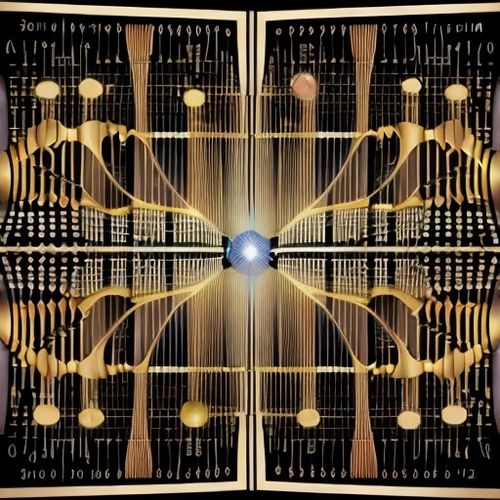
By William Miller/Apr 14, 2025

By George Bailey/Apr 14, 2025

By Noah Bell/Apr 14, 2025

By Victoria Gonzalez/Apr 14, 2025

By Michael Brown/Apr 14, 2025

By Sophia Lewis/Apr 14, 2025

By Sarah Davis/Apr 14, 2025

By Thomas Roberts/Apr 14, 2025

By Sophia Lewis/Apr 14, 2025

By William Miller/Apr 14, 2025
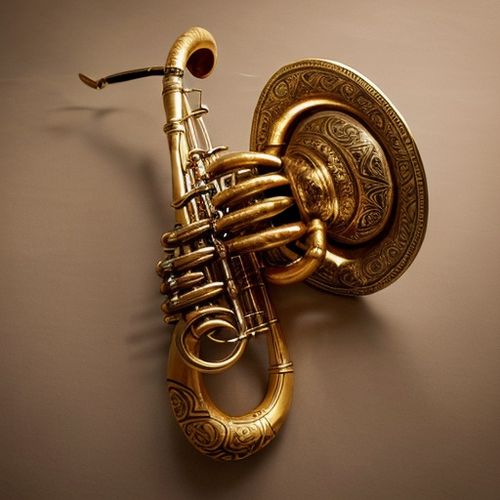
By Benjamin Evans/Apr 14, 2025

By Victoria Gonzalez/Apr 14, 2025

By Joshua Howard/Apr 14, 2025
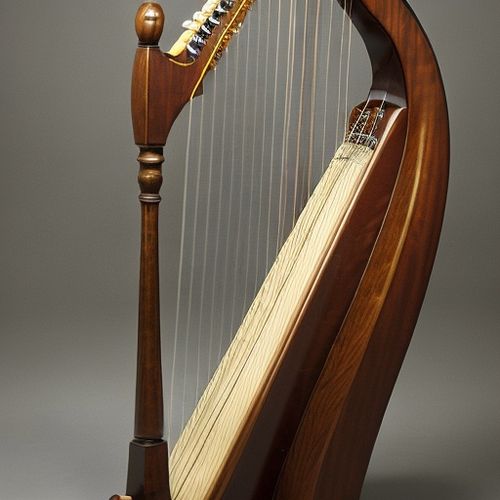
By Lily Simpson/Apr 14, 2025

By Natalie Campbell/Apr 14, 2025
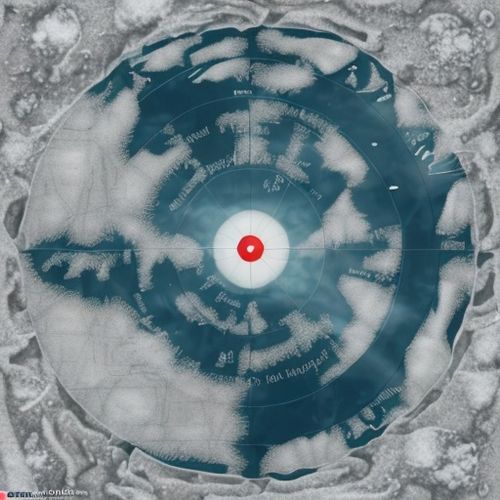
By Daniel Scott/Apr 14, 2025

By Joshua Howard/Apr 14, 2025
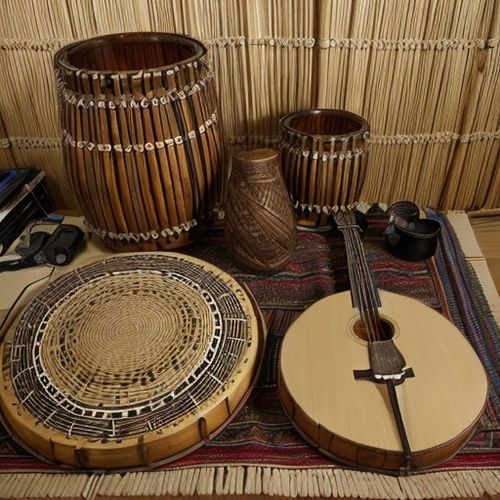
By George Bailey/Apr 14, 2025

By Noah Bell/Apr 14, 2025

By Rebecca Stewart/Apr 14, 2025